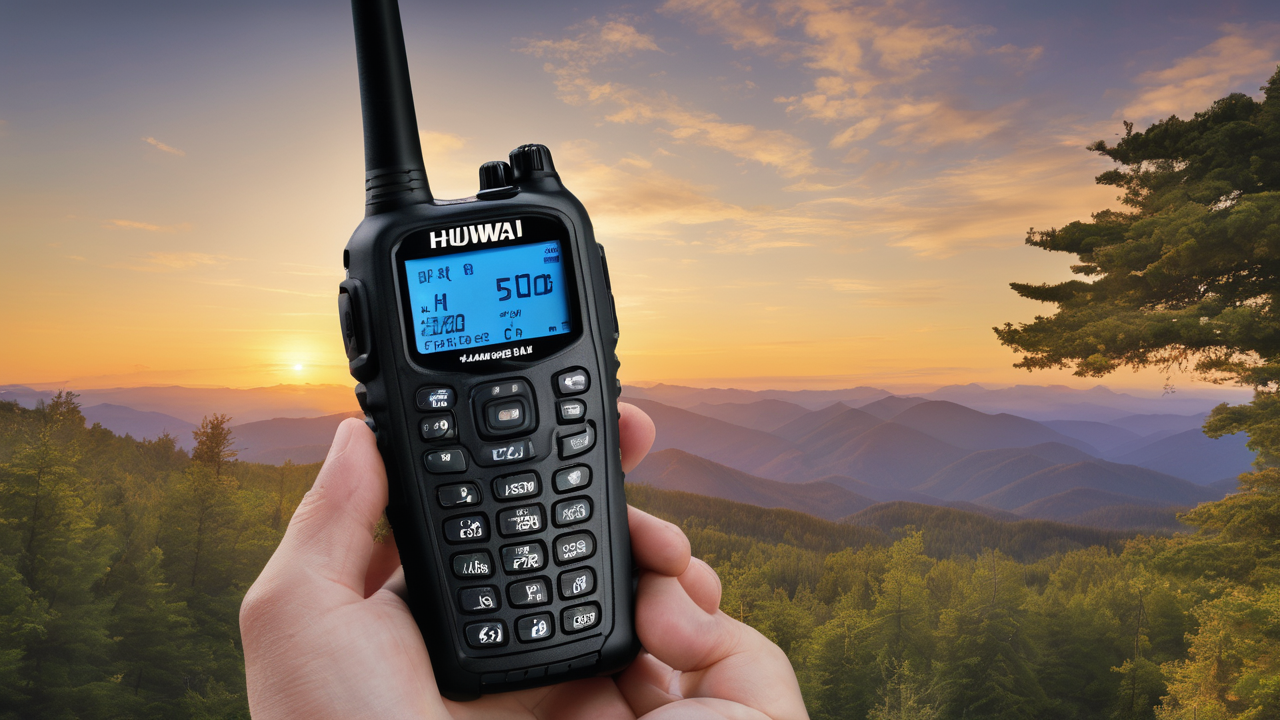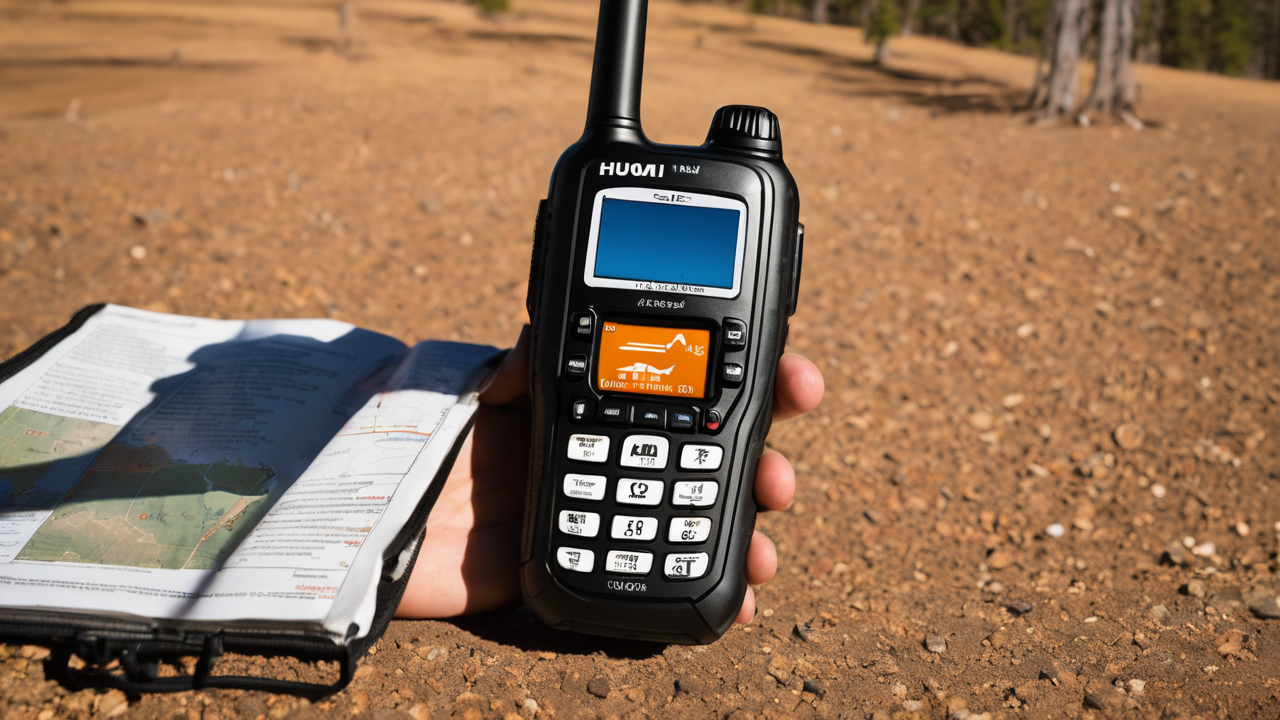Understanding Walkie-Talkie Distance in the United States
The Fundamentals of Walkie-Talkie Technology
Walkie-talkies are portable two-way radios that allow instant communication over short distances. They work by

transmitting radio waves between devices. The range of a walkie-talkie depends on several factors. These include
power output, frequency band, and environmental conditions.
Most consumer walkie-talkies operate on either UHF or VHF frequencies. UHF is better for indoor use, while VHF is
ideal for outdoor settings. The power output, measured in watts, also affects range. Higher wattage means longer
range, but it drains batteries faster.
Terrain plays a crucial role in determining range. Open fields allow for better signal travel than urban areas.
Mountains, buildings, and dense forests can block signals. Weather conditions like rain or fog can also reduce
range.
Regulatory Considerations for Long-Range Communication
In the United States, the Federal Communications Commission (FCC) regulates walkie-talkie use. The FCC sets limits
on frequency bands and power output for different types of radios. For personal use, Family Radio Service (FRS)
and General Mobile Radio Service (GMRS) are common.
FRS radios are limited to 0.5 watts and don't require a license. They typically have a range of 0.5 to 2 miles.
GMRS radios can have up to 50 watts of power and offer longer range. However, they require an FCC license.
It's important to note that using amplifiers or modified antennas to boost range may be illegal. Always check
local regulations before modifying your walkie-talkie. Proper use ensures compliance and helps maintain clear
communication channels for everyone.
Maximizing Range with Your Walkie-Talkie
Best Practices for Optimal Signal Reception
To get the most out of your walkie-talkie, follow these best practices:

- Choose high ground: Elevation improves signal range.
- Keep antennas vertical: This ensures optimal signal transmission.
- Avoid obstacles: Stay clear of buildings, dense forests, and mountains.
- Use fresh batteries: Weak batteries can reduce transmission power.
- Speak clearly: Hold the mic close to your mouth and enunciate.
- Listen before transmitting: Avoid interrupting ongoing conversations.
- Use repeaters: These devices can significantly extend your range.
Remember, line of sight is crucial for walkie-talkies. The fewer obstacles between devices, the better the range.
In ideal conditions, some high-end models can reach up to 35 miles. However, real-world range is often much less.
Enhancing Communication Distance with Special Features
Modern walkie-talkies come with features to boost range and clarity:
- Power boost: Temporarily increases transmission power for longer range.
- Voice activation: Reduces battery drain by only transmitting when you speak.
- Noise cancellation: Filters out background noise for clearer communication.
- Weather alerts: Provides warnings about severe weather conditions.
- Multiple channels: Allows switching to less crowded frequencies.
- Privacy codes: Reduces interference from other users on the same channel.
Some advanced models offer GPS tracking. This feature is useful for coordinating team movements over long
distances. Waterproof designs are also available for use in harsh weather conditions.
For extreme long-range needs, satellite phones or HAM radios may be better options. These devices can communicate
over hundreds of miles. However, they require special licenses and are more expensive than standard walkie-talkies.
Case Studies and Success Stories
Emergency Services and Long-Range Communication
Walkie-talkies play a crucial role in emergency services. During natural disasters, they provide reliable

communication when cell networks fail. In 2017, Hurricane Maria devastated Puerto Rico. First responders relied
heavily on walkie-talkies to coordinate rescue efforts.
The California Department of Forestry and Fire Protection uses long-range radios to fight wildfires. These devices
allow firefighters to communicate across vast, remote areas. In 2018, during the Camp Fire, walkie-talkies were
vital in coordinating evacuations and firefighting efforts.
Search and rescue teams also depend on walkie-talkies. In 2019, a hiker got lost in the White Mountains of New
Hampshire. Rescue teams used long-range radios to coordinate their search over 48,000 acres. The hiker was found
safe after two days.
How Businesses Leverage Walkie-Talkies for Efficiency
Many businesses use walkie-talkies to improve communication and efficiency. Large warehouses and distribution
centers are prime examples. Amazon uses walkie-talkies in its fulfillment centers to coordinate picking and
packing operations. This instant communication helps manage the flow of millions of packages daily.
Construction sites also benefit from walkie-talkies. They allow workers to communicate quickly across large areas.
This is crucial for safety and project coordination. In 2019, the construction of the Los Angeles Rams stadium
used walkie-talkies extensively. They helped manage over 3,000 workers across the 300-acre site.
Hotels and resorts use walkie-talkies for staff communication. The Wynn Las Vegas, with over 4,700 rooms, equips
its staff with these devices. This allows for quick response to guest needs and efficient problem-solving across
the vast property.
Even in the age of smartphones, walkie-talkies remain invaluable for many industries. Their reliability,
simplicity, and long battery life make them ideal for various applications. As technology advances, we can expect
to see even more innovative uses for these versatile communication tools.


